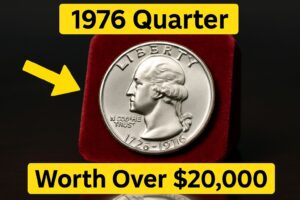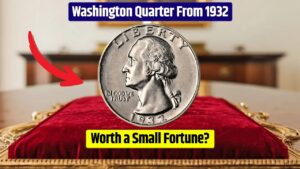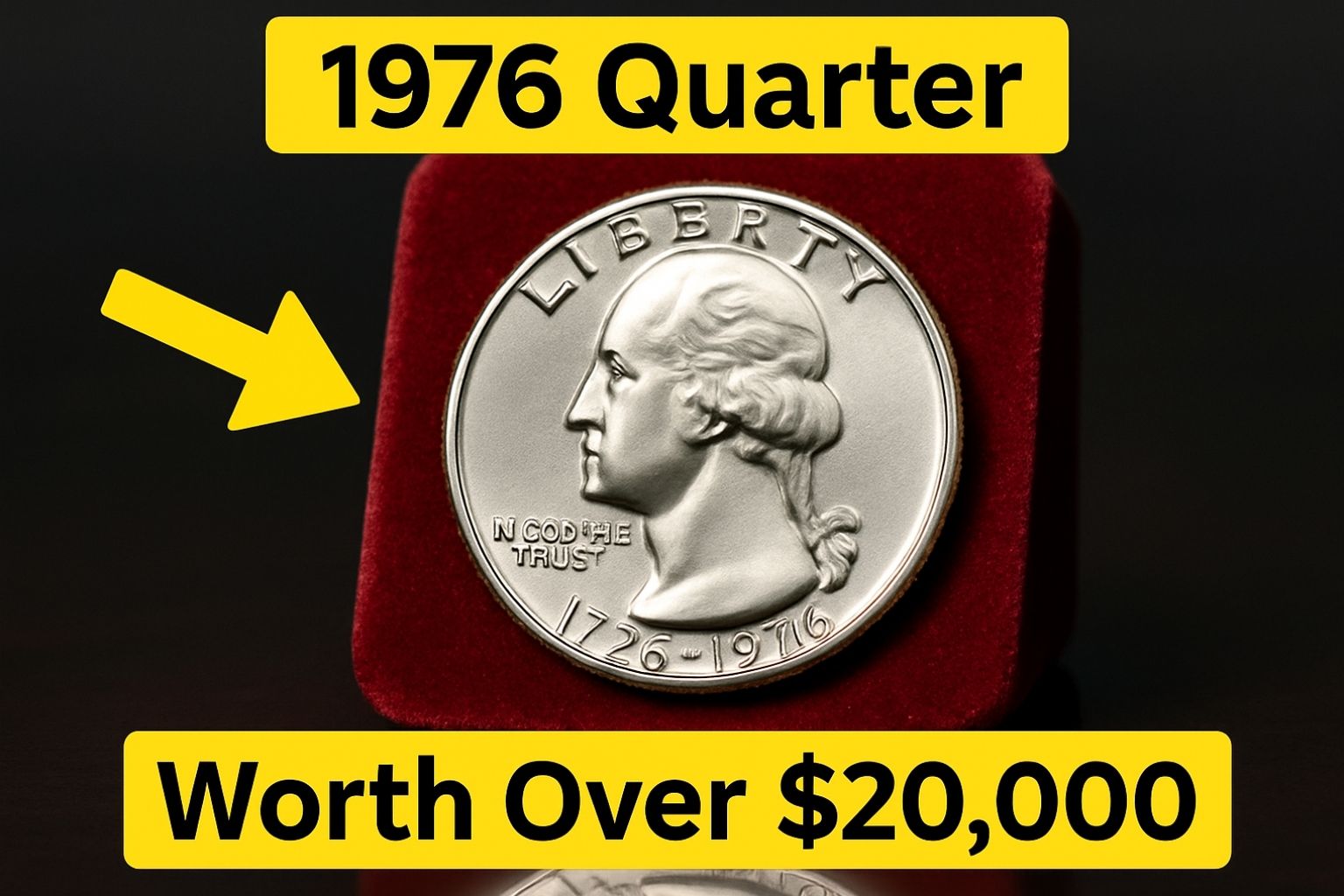You ever hear a story so wild, so utterly ridiculous, that part of you wants to believe it—even though your common sense is screaming, “Bro, c’mon”? Yeah, that’s pretty much the vibe with this whole “8 rare Bicentennial Quarters worth $270 million” thing that’s been circulating online like a rumor in a high school locker room. Intriguing? Absolutely. True? Not… exactly. But let’s not throw the baby out with the bathwater just yet.
Buckle up. We’re going coin hunting.
The Real Deal with Bicentennial Quarters
Let’s rewind to 1975–76. America was all about hot dogs, fireworks, and red-white-and-blue everything. To mark the big 200th birthday bash, the U.S. Mint dropped a special edition quarter featuring a little drummer boy on the back—designed by Jack L. Ahr. You’ve probably seen one. You might even have one. They’re not rare.
In fact, the Mint went ham on production: over 1.6 billion of these quarters rolled out between Philly, Denver, and San Francisco mints. So most of ’em? Worth exactly what it says on the tin: 25 cents.
But—as with all things in life—there are exceptions.
So… Where’s That $270 Million Coming From?
Great question. Short answer? It’s a cocktail of internet hype, misunderstood rarity, and a sprinkle of numismatic fairy dust.
Here’s what could make a Bicentennial Quarter worth big bucks (but not nine-figure bucks):
| Feature | Why It Matters | Possible Value |
|---|---|---|
| Double Die Errors | Misaligned or doubled images/text | Up to $2,000 |
| Off-Center Strikes | Minting mistakes where part of the design is missing | $100–$1,000+ |
| Silver Composition (40%) | Special silver-clad collector’s versions | $5–$7 (raw), up to $500 in perfect grade |
| Proof Coins (S-Mintmark) | Sold in sets, never intended for circulation | $3–$300+ |
| High-Grade Examples (MS-68+) | Mint State perfection—graded and slabbed | Up to $5,000+ |
Nowhere—nowhere—on any serious numismatic listing is there a quarter being auctioned or valued at $270 million. Not by PCGS. Not by Heritage Auctions. Not even on eBay, where people list grilled cheese sandwiches with Jesus on them.
So unless your quarter is made of alien platinum, autographed by George Washington, and comes with a deed to Fort Knox, the $270M thing is just… clickbait. Sorry.
But Wait—Could a Rare Quarter Actually Be in Circulation?
Honestly? Yeah, it’s possible. Coins leave collections all the time—grandpa passes away, his coin stash gets dumped at the bank, and boom: you’re getting change at Walgreens with a 1976 proof quarter in your palm.
So while you shouldn’t expect millions, there are coins in the wild worth hundreds or even thousands of dollars. You just need to know what you’re looking for.
Quick DIY Checklist:
- Look for mintmarks: “S” = San Francisco, and likely a proof.
- Weird printing? Double die or off-center strike? Could be rare.
- Weight it: Silver quarters weigh 5.75g vs. 5.67g for copper-nickel.
- Condition matters: A near-perfect coin (MS-67 or better) = $$.
Why People Fall for This Stuff
People love treasure stories. Whether it’s a dusty Reno garage hiding a lost Picasso or an old coin worth enough to buy a yacht, we want to believe that life might throw us a golden bone. Add some online virality and suddenly every uncle on Facebook thinks he’s sitting on a fortune in his coin jar.
But truth? Real collectors don’t chase pipe dreams—they chase provenance, grading, and verifiable sales records.
So What’s the Takeaway?
Bicentennial Quarters are cool. They’re part of American history. And yes, a very small handful are legitimately valuable. But $270 million? That’s Marvel-movie money. Unless someone’s using quarters to launder oil money from space, we’re gonna have to call B.S.
Still… if you’ve got a few lying around, take a peek. You never know. That $0.25 might be worth $500. Not exactly early retirement—but hey, it’ll buy lunch.
FAQ
Are any Bicentennial Quarters actually rare?
Yep—especially high-grade silver proofs or error coins. But they’re rare in the hundreds to low thousands of dollars range, not millions.
What’s the easiest way to check if mine’s valuable?
Start with the mintmark and overall condition. If it looks unusual or is super crisp, you might want to have it graded.
Where can I sell a rare coin?
Try certified coin dealers, auction houses like Heritage Auctions, or eBay (with caution and good photos).
Is there a list of the most valuable Bicentennial Quarters?
Yep—check out PCGS or NGC’s population reports and auction records. That’s where real data lives.









